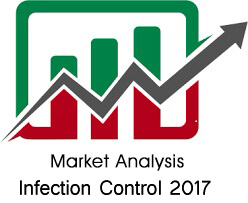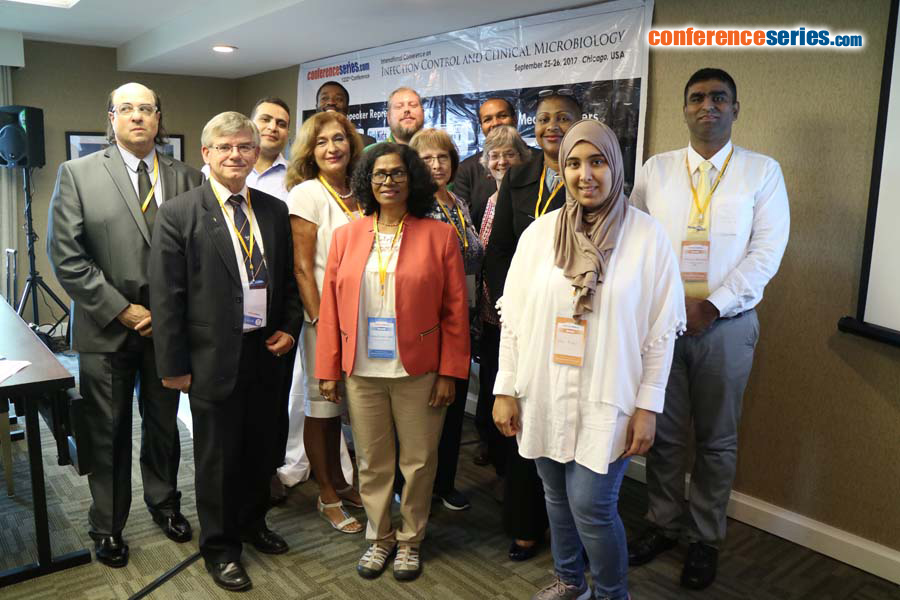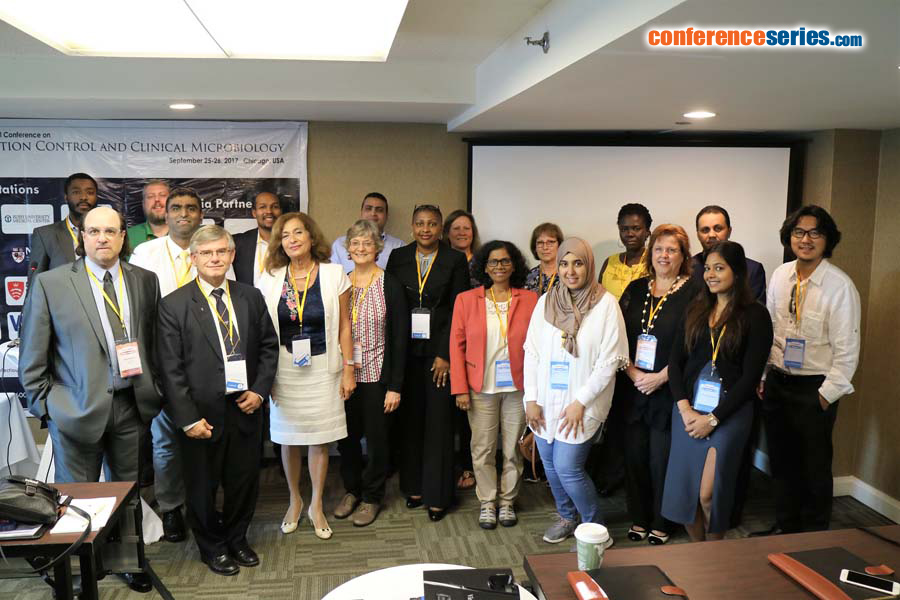
Yaa Boateng-Marfo
National University of Singapore, Singapore
Title: Zein-loaded artemether nanoparticles for treatment of severe malaria
Biography
Biography: Yaa Boateng-Marfo
Abstract
Half of the world’s population is at risk of malaria infection. Severe malaria is life threatening and causes one death per minute each day. WHO recommends parenteral administration of artesunate, artemether and quinine till patients can tolerate oral dosage forms. Intravenous artemether formulations have shown potentially better therapeutic efficacy but it’s use is limited by poor watersolubility and short plasma half-life. Nanoparticles are becoming indispensable in many industries including the pharmaceutical industry for the advantages they offer including extended release and targeted delivery. Synthetic polymers and surfactants usually used as carriers and stabilizers, respectively. However, these agents can elicit immune reactions and produce toxic metabolites, resulting in increased toxicity to the host. Proteins such as zein on the other hand have low toxicity, low immunogenicity, and biodegradable. Considering that: zein is water insoluble and suitable for extended release formulations, longer contact is required between malaria parasite and drug to minimize development of resistance and the intravenous nanoparticles has been successfully applied for clinical use, zein-loaded artemether nanoparticles are been developed and characterized in this work. Artemether and zein were dissolved in ethanol-water mixture, aqueous sodium caseinate solution was added at once. Ethanol was then removed and the nanosuspension was frozen and freeze dried. Particles with size 120-200 nm were obtained with 80% ethanol content been optimum for smaller particles. Higher sodium caseinate –zein ratio, lower zein artemether ratio and evaporation time of 3 h favored the formation of smaller particles. Encapsulation efficiency of 52% was obtained.
Speaker Presentations
Speaker PPTs Click Here




